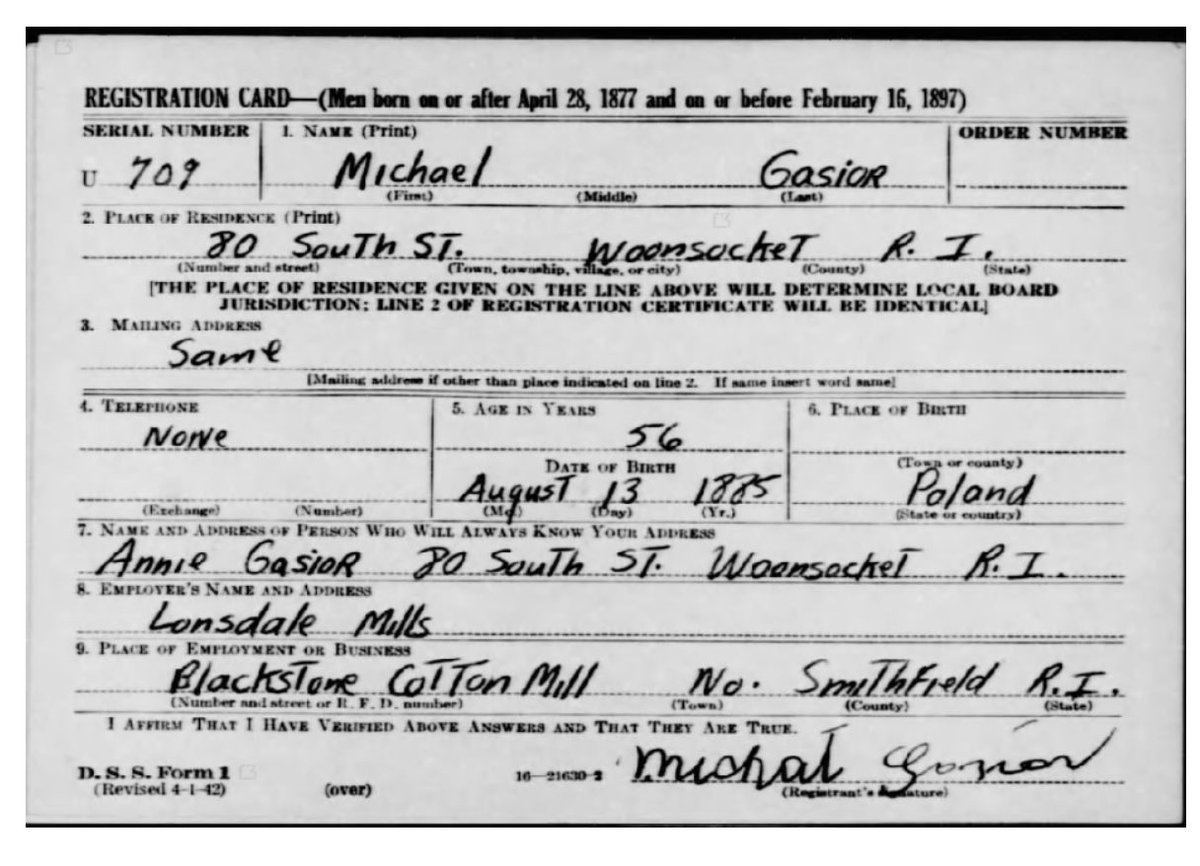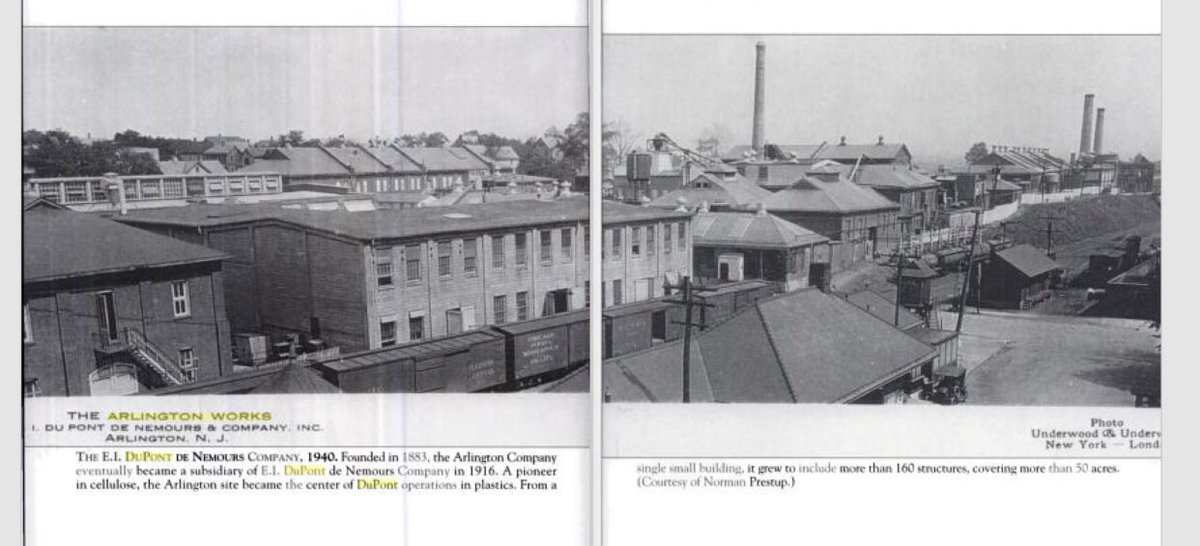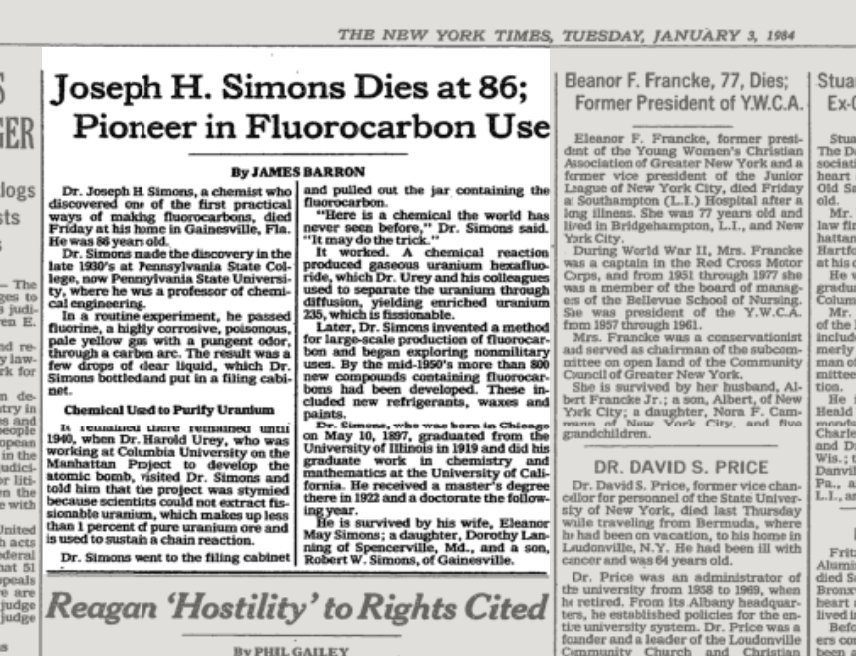
…I drove the perimeter. It was hard not to think of my great-grandfather, born in Galacia/Austro-Hungarian Poland, and who fled to avoid conscription in the years before WWI. Had he not left, would I be here? 5/x
But here’s why I’m really telling you all this: After it was cotton mill, but before it became condos, it was — no, I’m not kidding… 6/x 

…A Tupperware Factory — called b/c of cite legacy a Tupperware Mill! (I guess plastics history — like plastics themselves— is all around us). The address is now: One Tupperware Drive. Clip from 1965 film, The Wonderful World of Tupperware. #envhist #plasticpollutiin 7/x
To my surprise-delight, there were incredible archival photos in the lobby, too. #tupperware #envhist #plasticpollution 8/x 

Incredible photos — which pair nicely w/ this 👀sequence, shot in same RI Tupperware Mill, again, from the 1965 Wonderful World of #Tupperware — note transfer of primary #microplastics #nurdles #envhist 10/x
It was quiet a day, me, mid-plastics journey. To think, my great-grandfather, by the next WW, was employed in a factory tied by the Brown name to the U where a century later I earned a PhD. What would he think of me? I only recently learned to pronounce his name, our name./end ❤️🩹
• • •
Missing some Tweet in this thread? You can try to
force a refresh


















